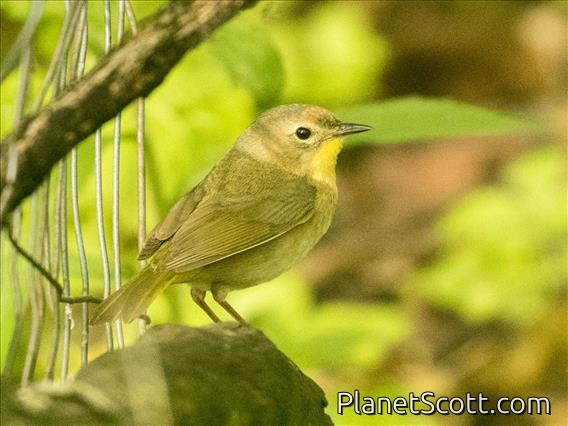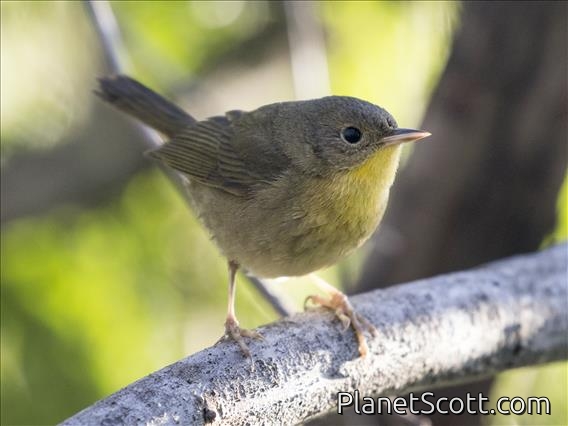Common Yellowthroat (Geothlypis trichas)

Common Yellowthroat (Geothlypis trichas) - Female

Common Yellowthroat (Geothlypis trichas)


×



Common Yellowthroat (Geothlypis trichas) - Female

Common Yellowthroat (Geothlypis trichas)
About Common Yellowthroat (Geothlypis trichas)
- Kingdom: Animals
- Phylum: Chordates
- Class: Birds
- Order: Perching Birds
- Family: New World Warblers
The common yellowthroat is a New World warbler. It is an abundant breeder in North America, ranging from southern Canada to central Mexico. In the northern parts of its range the birds are migratory, wintering in the southern parts of the breeding range, Central America and the West Indies. Southern forms are largely resident. Historically, it has also known as the "yellow bandit", Maryland yellow-throat, and yellow-breasted warbler.
Source: Wikipedia
Trips
Visits
-
2006-02-16
Lake Merced , United States of America -
2006-09-17
Lake Merced , United States of America -
2007-01-01
Golden Gate Park - Lily Pond, United States of America -
2007-01-14
Brussel Sprout Field, United States of America -
2007-04-10
Ejido Lagoon, United States of America -
2007-07-18
Nelson Lake Forest Preserve, United States of America -
2008-01-07
San Blas Ponds, Mexico -
2008-02-17
San Jose del Cabo - Estuary, Mexico -
2009-01-14
Cozumel, Mexico -
2009-01-18
Lamanai Ruins River Trip, Belize -
2009-05-09
Nelson Lake Forest Preserve, United States of America -
2009-12-31
Palo Alto Baylands, United States of America -
2010-01-01
Arrowhead Marsh, United States of America -
2010-02-21
Lerma Marshes, Mexico -
2010-06-25
Elgin - Bluff Spring Fen, United States of America -
2012-05-20
Pyramid Lake, United States of America -
2012-07-08
Necedah NWR, United States of America -
2012-07-09
Tamarack Lake, United States of America -
2012-07-09
Sax-Zim Bog, United States of America -
2012-07-10
Bluestem Prairie, United States of America -
2012-09-09
Coachella Valley Preserve, United States of America -
-
2014-01-23
Cachote, Dominican Republic -
2014-03-09
Los Angeles County Arboretum and Botanic Garden, United States of America -
2014-12-21
Arrowhead Marsh, United States of America -
2015-01-19
Lake Merced , United States of America -
2015-01-20
Arrowhead Marsh, United States of America -
-
-
-
-
-
-
-
-
-
-
-
-
2021-05-22
Illinois Beach State Park, United States of America -
-
-
-
-
-
-
-
-
-
-
-
-
-
-
-
-
-
-
-
-
-
-
-
-
-
-
-
-
-
-
-
-
-
2025-12-16
Lake Merced , United States of America







